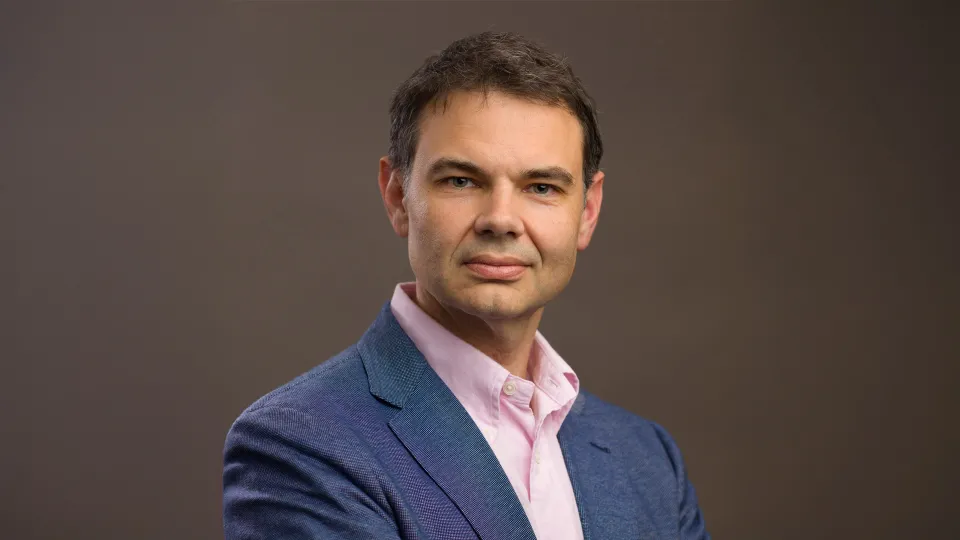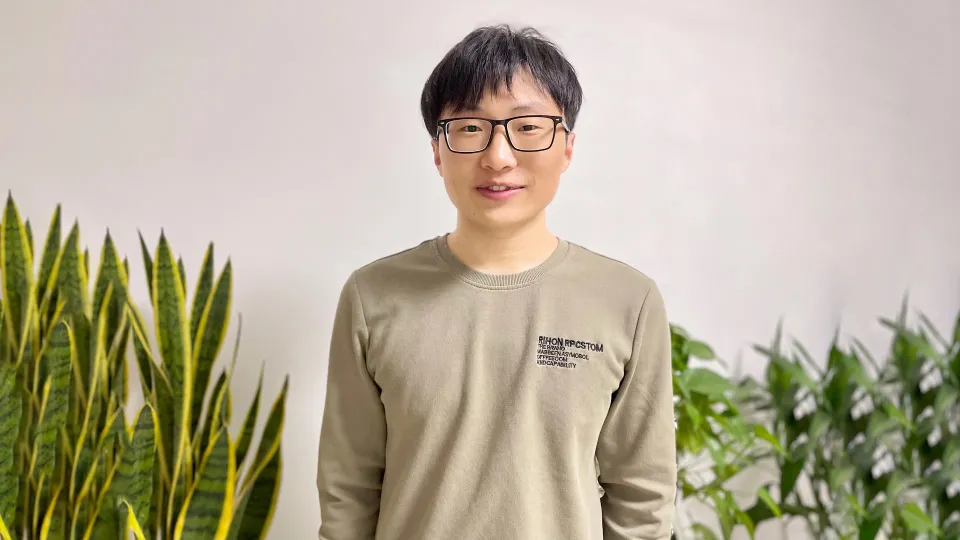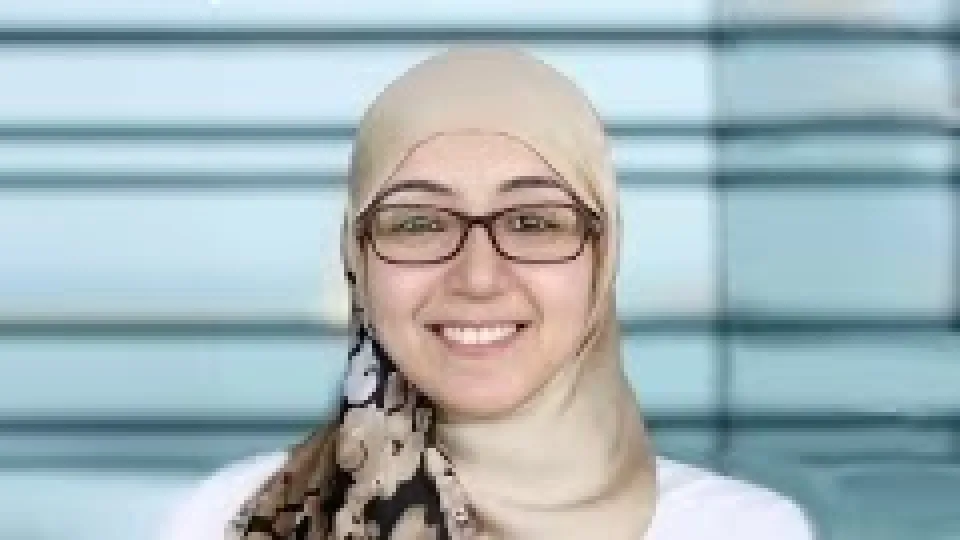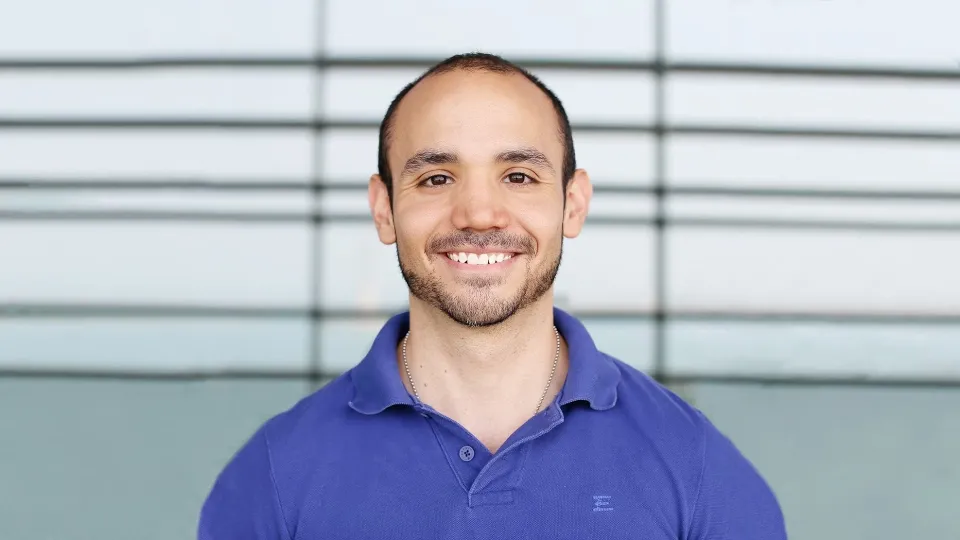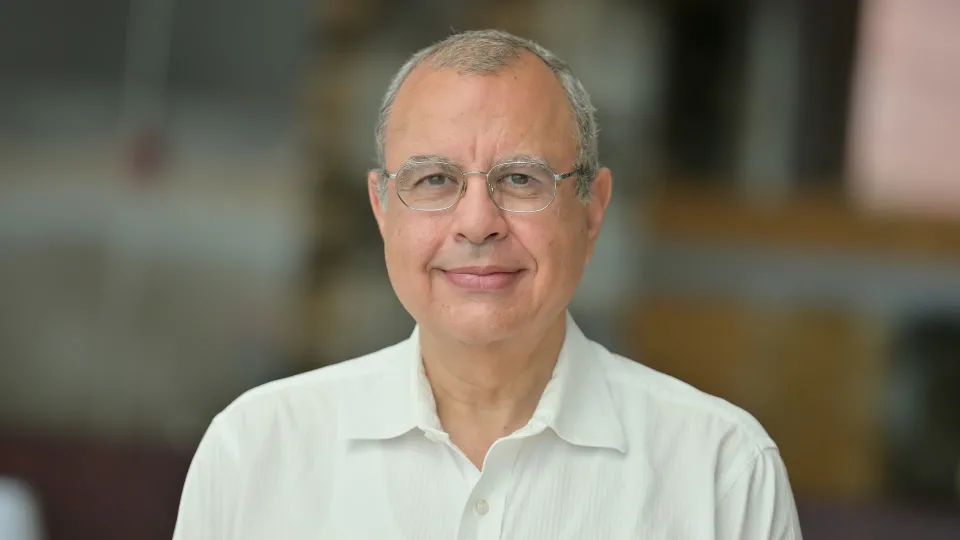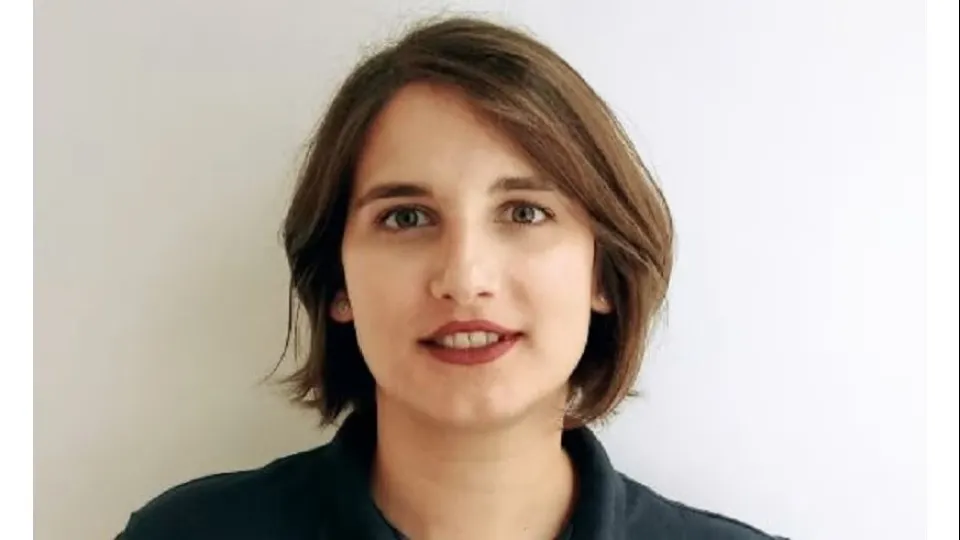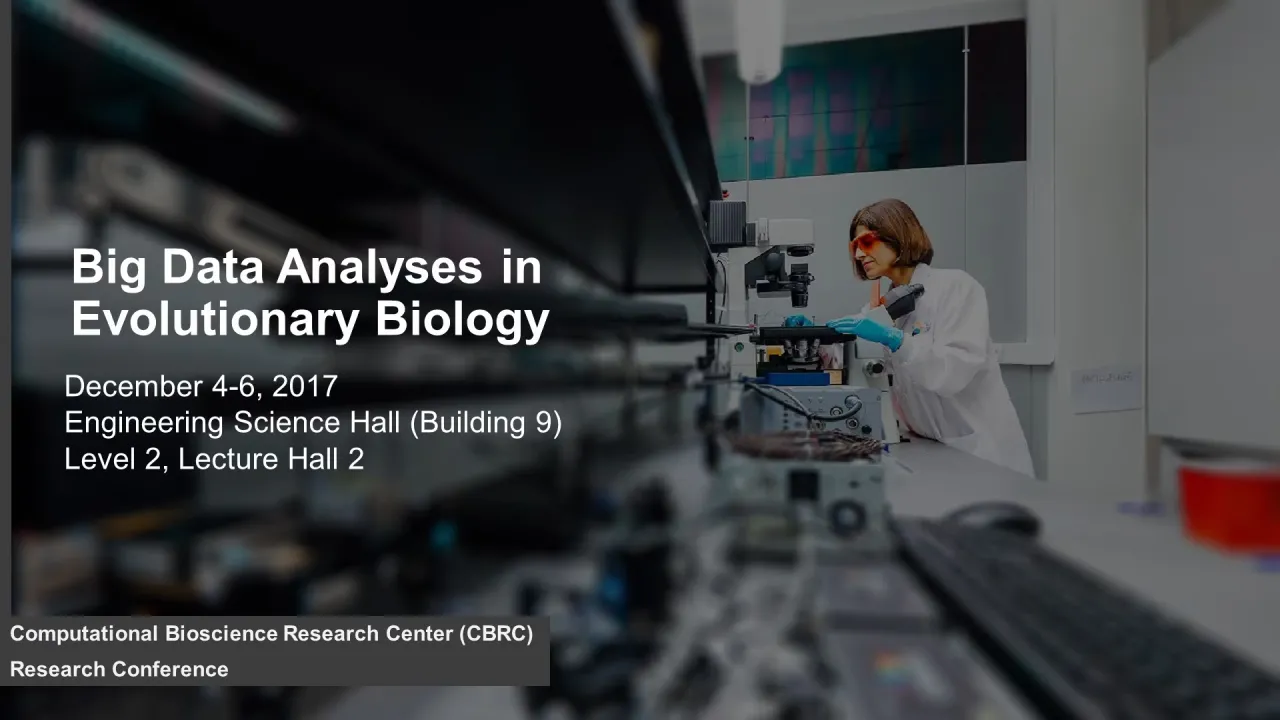
Big Data Analyses in Evolutionary Biology
This event is organized by CBRC with financial support from the KAUST Office of Sponsored Research
Overview
Recent advancements in evolutionary biology are greatly impacted by the production of massive "omics" data sets, such as genomes, transcriptomes, proteomes, and metabolomics that are now available for evolutionary studies. At the same time, the size and complexity of this data requires the Big Data paradigm and approach essential in its analysis. Moreover, comparative studies are crucial for evolutionary studies, which further leads to the need to develop state-of-the-art bioinformatics technologies that can underpin both research and technology.
On behalf of the Organizing and Program Committees, we would like to welcome all of the participants. As always, we look forward to a productive exchange of ideas and hope that you will enjoy your stay at KAUST and Saudi Arabia.
Vladimir Bajic, CBRC Director and Conference Co-Chair Takashi Gojobori, Associate CBRC Director and Conference Co-Chair
View conference Agenda and Talk Details.
Student Poster Competition
- Alyaa Mohamed (1st Prize),
- Amani Al Ma'abadi (2nd Prize),
- Nicholas Gagnon (3rd prize),
- Vasiliki Kordopati (Audience Choice Award).
Student poster competition photo.
Media
Visit our Flickr album for photos of the conference or Youtube Video of the conference.



